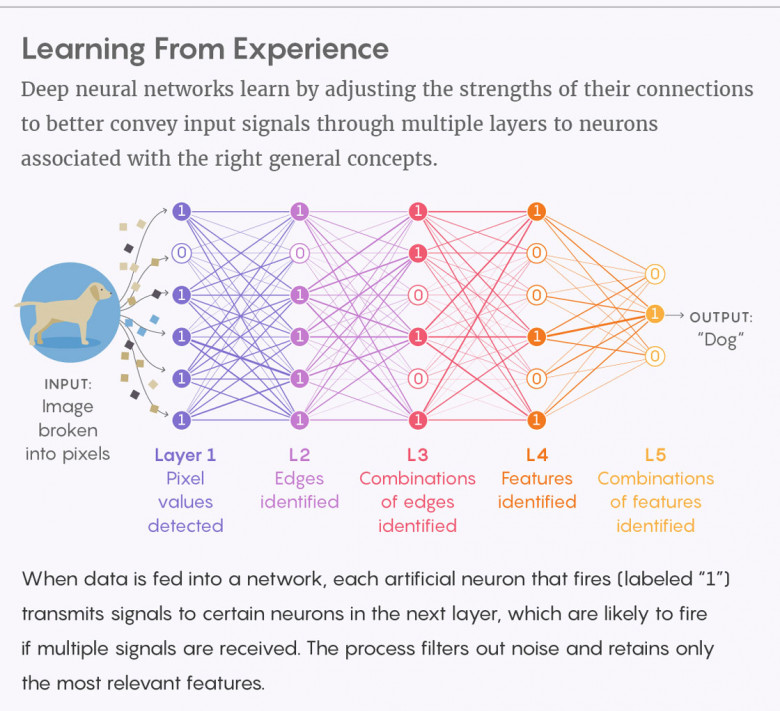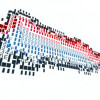Job One for Quantum Computers: Boost Artificial Intelligence
In the early ’90s, Elizabeth Behrman, a physics professor at Wichita State University, began working to combine quantum physics with artificial intelligence — in particular, the then-maverick technology of neural networks. Most people thought she was mixing oil and water. “I had a heck of a time getting published,” she recalled. “The neural-network journals would say, ‘What is this quantum mechanics?’ and the physics journals would say, ‘What is this neural-network garbage?’”
Today the mashup of the two seems the most natural thing in the world. Neural networks and other machine-learning systems have become the most disruptive technology of the 21st century. They out-human humans, beating us not just at tasks most of us were never really good at, such as chess and data-mining, but also at the very types of things our brains evolved for, such as recognizing faces, translating languages and negotiating four-way stops. These systems have been made possible by vast computing power, so it was inevitable that tech companies would seek out computers that were not just bigger, but a new class of machine altogether.










































































